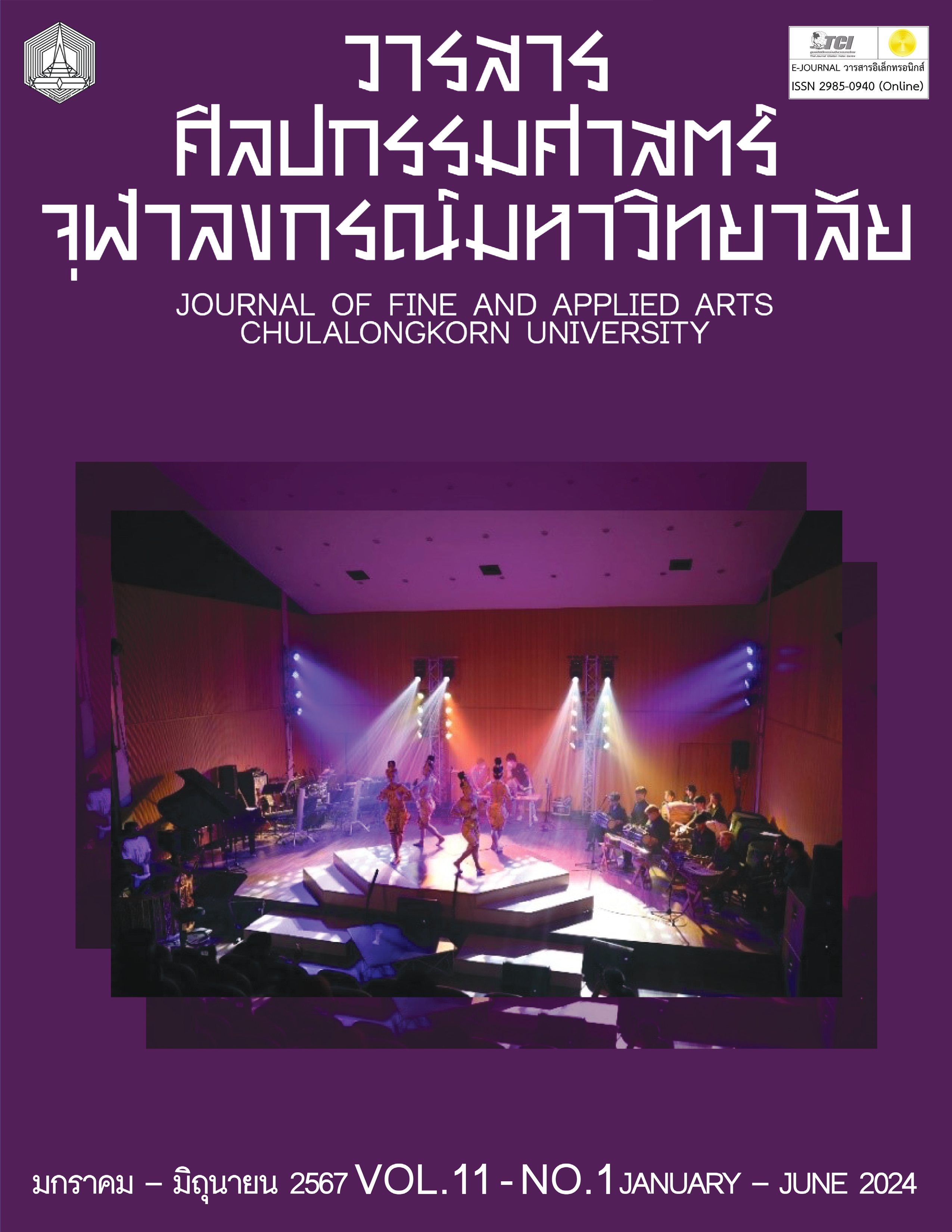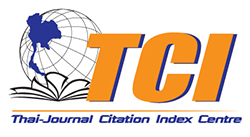INTERPRETATION AND PERFORMANCE TECHNIQUE ON SCHUBERT’S WANDERER FANTASY
Keywords:
Piano Performance, Franz Schubert, Wanderer FantasyAbstract
This research article presents guidelines for interpretation and performance technique on Wanderer Fantasy for piano by Franz Schubert (1797-1828), aiming to interpret and analyze the composition for rectification of the performance and manage technical problems during practice sessions. The composition is valuable and challenging for the pianists on account of advanced playing techniques including scales, arpeggios, intervals, and passages in different tempi. Moreover, emotion and feeling need to be properly considered since an interesting poem had been involved. Therefore, the researcher has studied and practiced the composition thoroughly to convey the whole performance with perfection.
References
Brown, Maurice J. “Schubert’s ‘Wanderer’ Fantasy.” The Musical Times 92, No. 1306 (December 1951): 540-542.
Cho, Hye-Won Jennifer. University of California. Los Angeles: ProQuest Dissertations Publishing, 2010.
Chulapan, Panjai. Piano Literature 1. Bangkok: Chulalongkorn University Press, 2008.
ปานใจ จุฬาพันธุ์. วรรณกรรมเพลงเปียโน 1. กรุงเทพฯ : สำนักพิมพ์แห่งจุฬาลงกรณ์มหาวิทยาลัย. 2551.
Hur, Chung Hwa. “Schubert’s ‘Wanderer’ Fantasie: A Creative Springboard to Liszt’s Sonata in B minor.” DMA diss., ProQuest Dissertations & Theses, 1997.
Pancharoen, Natchar. Music Dictionary. 3th ed. Bangkok: Kedkarat, 2009.
ณัชชา พันธุ์เจริญ. พจนานุกรมศัพท์ดุริยางคศิลป์. พิมพ์ครั้งที่ 3. กรุงเทพฯ : สำนักพิมพ์เกศกะรัต, 2552.
Pongsarayuth, Sasi. Western Music: Baroque and Classical. 2th ed. Bangkok: Chulalongkorn University Press,
ศศี พงศ์สรายุทธ. ดนตรีตะวันตก : ยุคบาโรกและยุคคลาสสิก. พิมพ์ครั้งที่ 2. กรุงเทพฯ : สำนักพิมพ์แห่งจุฬาลงกรณ์มหาวิทยาลัย. 2553.
Winterberger, Alexander. Technical Studies for the Pianoforte XII. Leipzig: J. Schuberth & Co, 1886.
Downloads
Published
Issue
Section
License
Copyright (c) 2024 ภัทรภณ วงษ์สรรพ์, ปานใจ จุฬาพันธุ์

This work is licensed under a Creative Commons Attribution-NonCommercial-NoDerivatives 4.0 International License.
ลิขสิทธิ์ของบทความเป็นของเจ้าของบทความ บทความที่ได้รับการตีพิมพ์ถือเป็นทัศนะของผู้เขียน
กองบรรณาธิการไม่จำเป็นต้องเห็นด้วยและไม่รับผิดชอบต่อบทความนั้น





